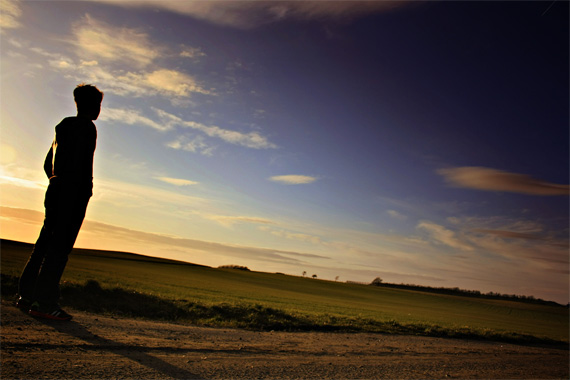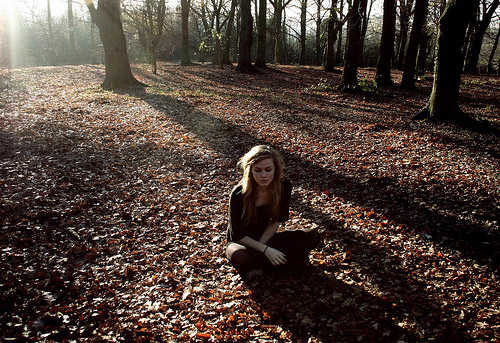As a photographer, I’m frequently asked how I get such blue skies in my photos. Some people go to the extent of suspecting that I’m capable of turning white sky blue. There’s no such thing, of course. The surest way to get a blue sky in your photograph is to shoot your photo when the sky is blue. Having said that, there are a few things you need to be aware of when you’re taking photographs, especially when you’tr traveling.
Always be aware of the direction of the sun. This is so important that when I arrange a tour, I try to find out the direction of the sun and time it so it’s in the best possible position when I visit. The sun is our ultimate light source, and our travel photographs are often heavily dependent on where it happens to be.
Generally, you want the sun behind you when you take photos. That’s when you’re more likely to get a blue sky, and shadows are all pushed away from you. Find out the direction that a tourist site faces. If it faces east, visit it in the morning. If it faces west, visit it in the afternoon. If you’re taking a photograph of people standing in front of a site, the people should face the sun. That way, their faces are illuminated. Also, ask them to stand in the sun, so that their faces are not hidden in shadows.
Visiting during the wrong time of the day can really spoil your shots, and you may just get the site in shadows. Unfortunately, sometimes you don’t have a choice. So often I have to accept less than perfect situations, whether the sky wasn’t as blue as I wish it should be or the sun wasn’t in the right direction.
When we travel, we don’t have the luxury of returning to the same site again and again if the weather wasn’t right. We have to just make do with what we have. Of course, in my case, I do my best to arrange the tours to coincide with the best time to see the places, to get the best weather, as well as to get the best lighting position.
If you arrive at a place at the wrong time of the day, walk around and look for fresh angles. If the sun isn’t illuminating the best angle, find other interesting angles where you can still take your photograph. You may just come up with highly original shots that no one has thought of before.
When taking outdoor shots, avoid midday. That’s when the sun is right at the top in the sky. The effect is rather flat, but not flattering photos. If you have to continue shooting during midday, move indoors. Avoid situations where you have to depend on the sun for illumination.
Sunrise and sunset are two instances when you should break the rule of having the sun behind you. During sunrise and sunset, if you want the tourist site to appear in profile or silhouette, position it in front of the sun. Such artistic shots don’t work well with people standing in front of it. If you stand people with a sunset or sunrise behind them, their faces are going to be in shadow. One way to prevent the people coming out in darkness is to use a fill-in flash. But better still, remove the people all together.
About the Author
Timothy Tye enjoys traveling and photography (travelphotographyworkshop.com). He is also known as Tim the Traveler in the travel world.
Like This Article?
Don't Miss The Next One!
Join over 100,000 photographers of all experience levels who receive our free photography tips and articles to stay current:








nice tips
Excellent tips. Thank you for the reminder. I try to do the same.